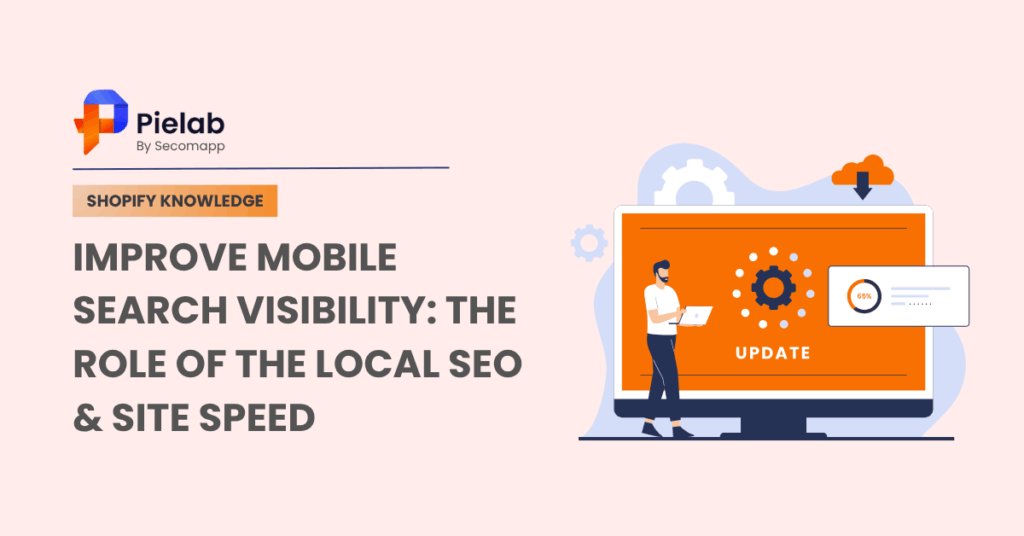Imagine: A surprise party starts in one hour, but you forgot the cake. You frantically search for “cakes near me.” You click the top result, but it takes 5 seconds to load… You hit “back” in frustration and click the second shop. It loads instantly.
This story reveals the core truth: Local SEO helps people find you, and Speed helps them stay. This guide breaks down how to make this “power duo” work together, turning your website’s performance into a tool to improve mobile search visibility.
Local SEO & Site Speed: Basic Understanding
When people search “near me,” you have two moments to win: be found and be chosen. That’s where Local SEO and site speed optimization work together to improve mobile search visibility. Before jumping into tactics to conquer local results, let’s start with the basics of Local SEO and Site Speed, how they signal relevance, and how fast, stable pages convert that click into a customer.
Local SEO: Definition, Types and Importance
Local SEO helps nearby customers find and choose you at the exact moment of need. Below, we break down what Local SEO is, its main types, and why it’s essential for everyday foot traffic and revenue.
Definition of Local SEO
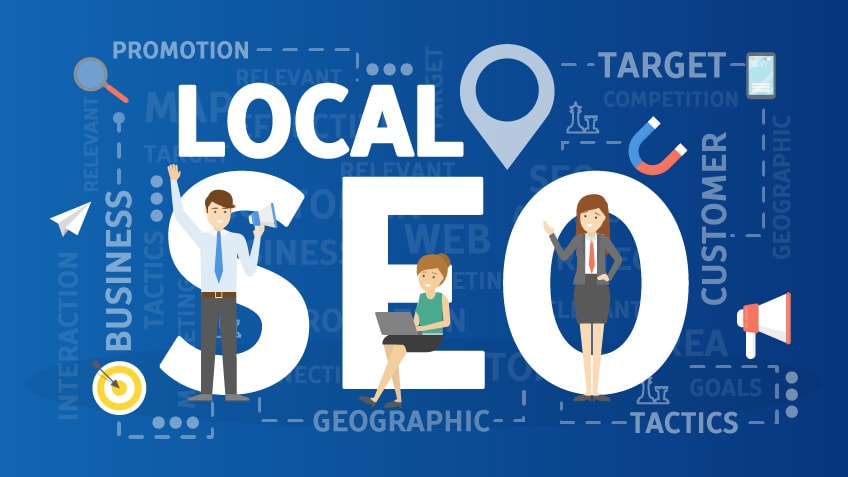
Think of Local SEO as your digital handshake with the community. It’s about optimizing your online presence to capture high-intent, “near me” searches. This is about connecting with local customers ready to call or visit by proving you’re the most relevant and trusted choice, turning their urgent query into a loyal customer.
Types of Local SEO
Local Pack: Google Business Profile

The “Local Pack” (the 3-result map box) is the most valuable real estate in local search. Winning a top-3 spot requires a perfectly managed Google Business Profile (GBP), kept active with accurate hours, fresh photos, and constant review responses.
On-page Local SEO
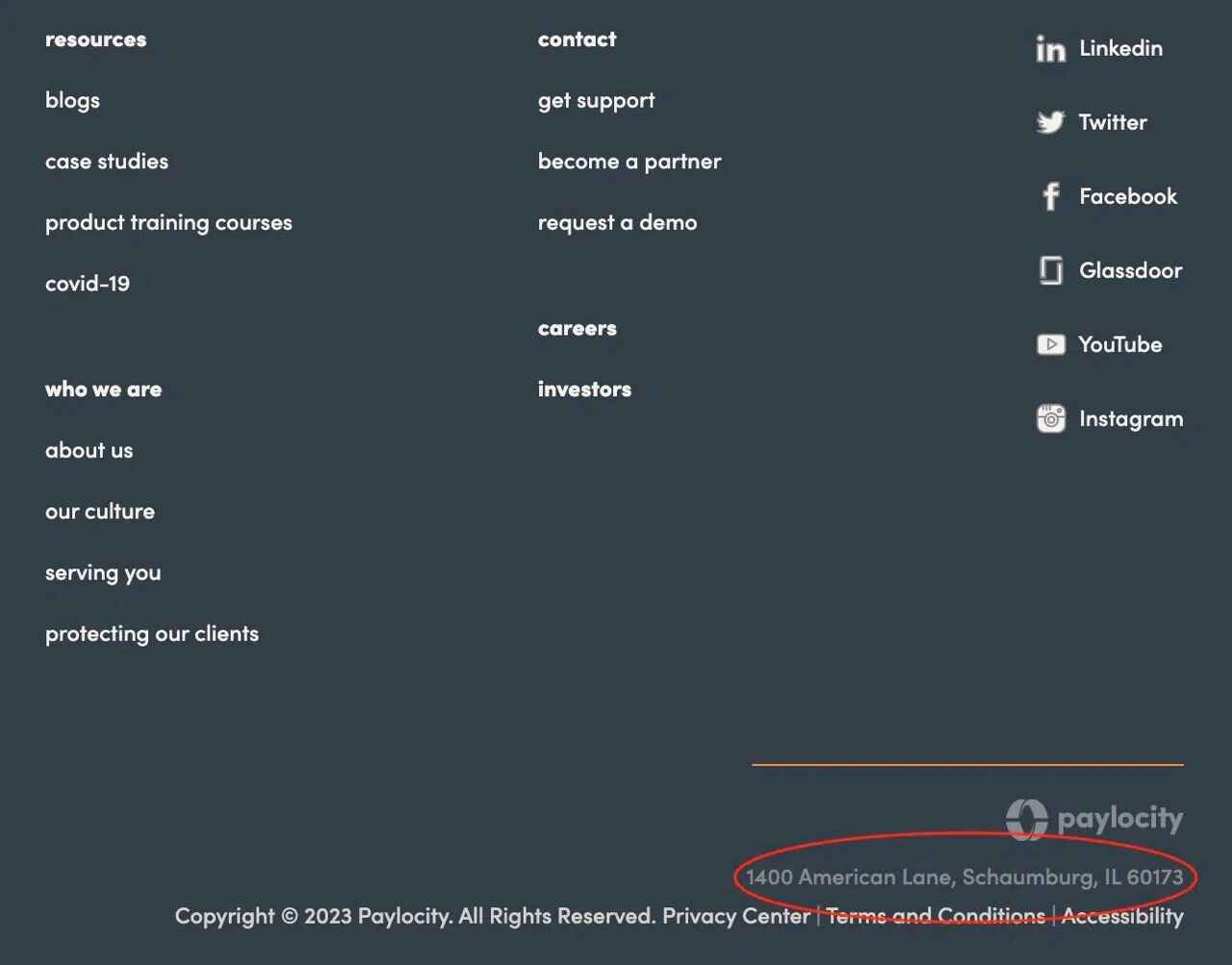
This involves optimizing your own website to signal your location. Key actions include adding your Name, Address, Phone (NAP) to the footer, using local keywords (e.g., “plumber in Brooklyn”) in titles, and creating unique pages for each store location.
Off-page Local SEO
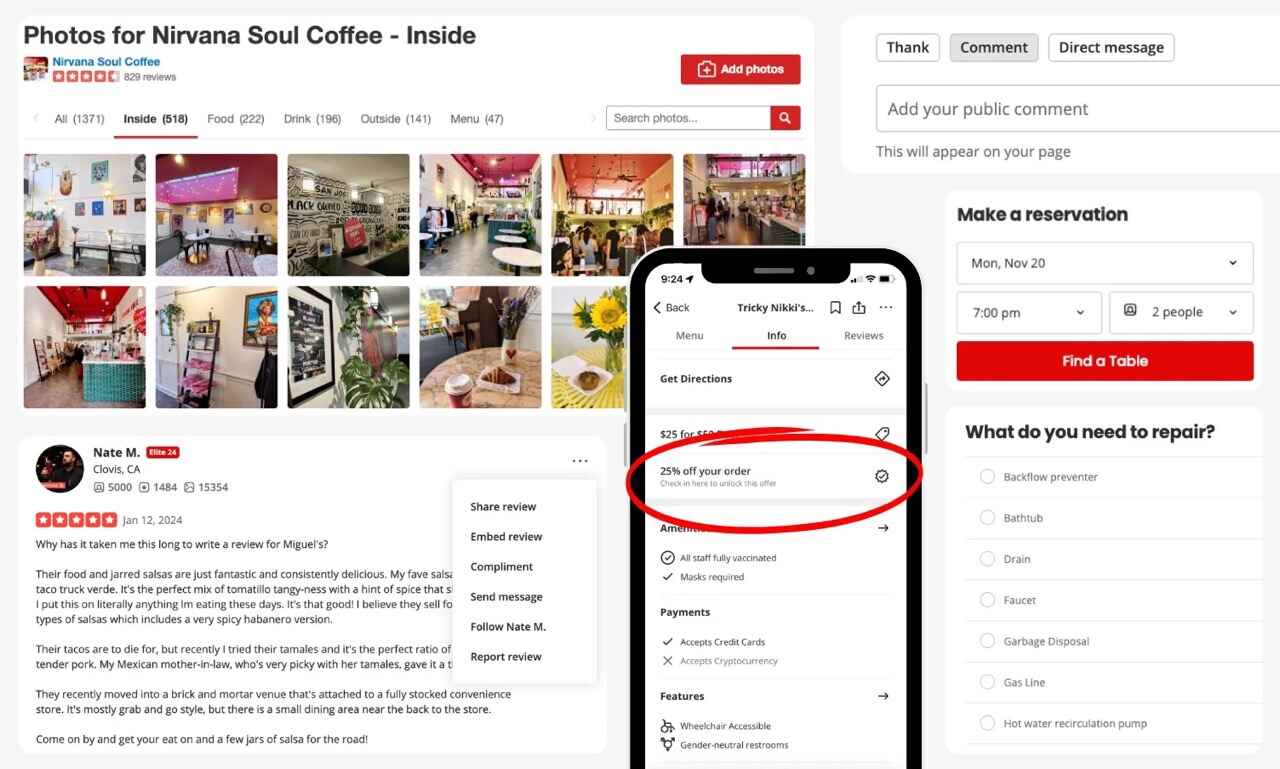
This builds your authority off-site. The foundation is “citations”, which get your NAP (Name, Address, Phone) listed consistently in directories like Yelp. Earning backlinks from other local businesses, like a community blog, also powerfully boosts your prominence.
Importance of Local SEO
Local SEO is no longer a choice; it’s a necessity. It’s the strategy that captures the most valuable traffic: users actively searching “near me”.
1. Build trust and your outrank competitors
A complete Google Business Profile with recent, positive reviews builds immediate credibility. It signals to Google and users that you are a legitimate, active, and trusted local entity, giving you a clear advantage over less-optimized competitors.
2. Attract Ready-to-buy customers
A person searching for “pizza near me” isn’t just browsing. They are hungry and ready to order now. Local SEO targets these high-intent users, delivering qualified leads who are far more likely to convert into immediate sales.
3. Win the top spot on mobile search
The Google “Local Pack” (the map box) appears above all other organic results. Strong Local SEO is the only way to earn this premium, high-visibility placement, making you the first and most obvious choice for mobile users.
Site Speed: Definition, Metrics Types and Importance
To improve outcomes, you need a clear view of what “Good speed” means, how it’s measured, and where to fix first. The sections below outline the concept, the key metric types (especially Core Web Vitals), and why speed is a direct lever to improve mobile search visibility.
Definition of Site Speed
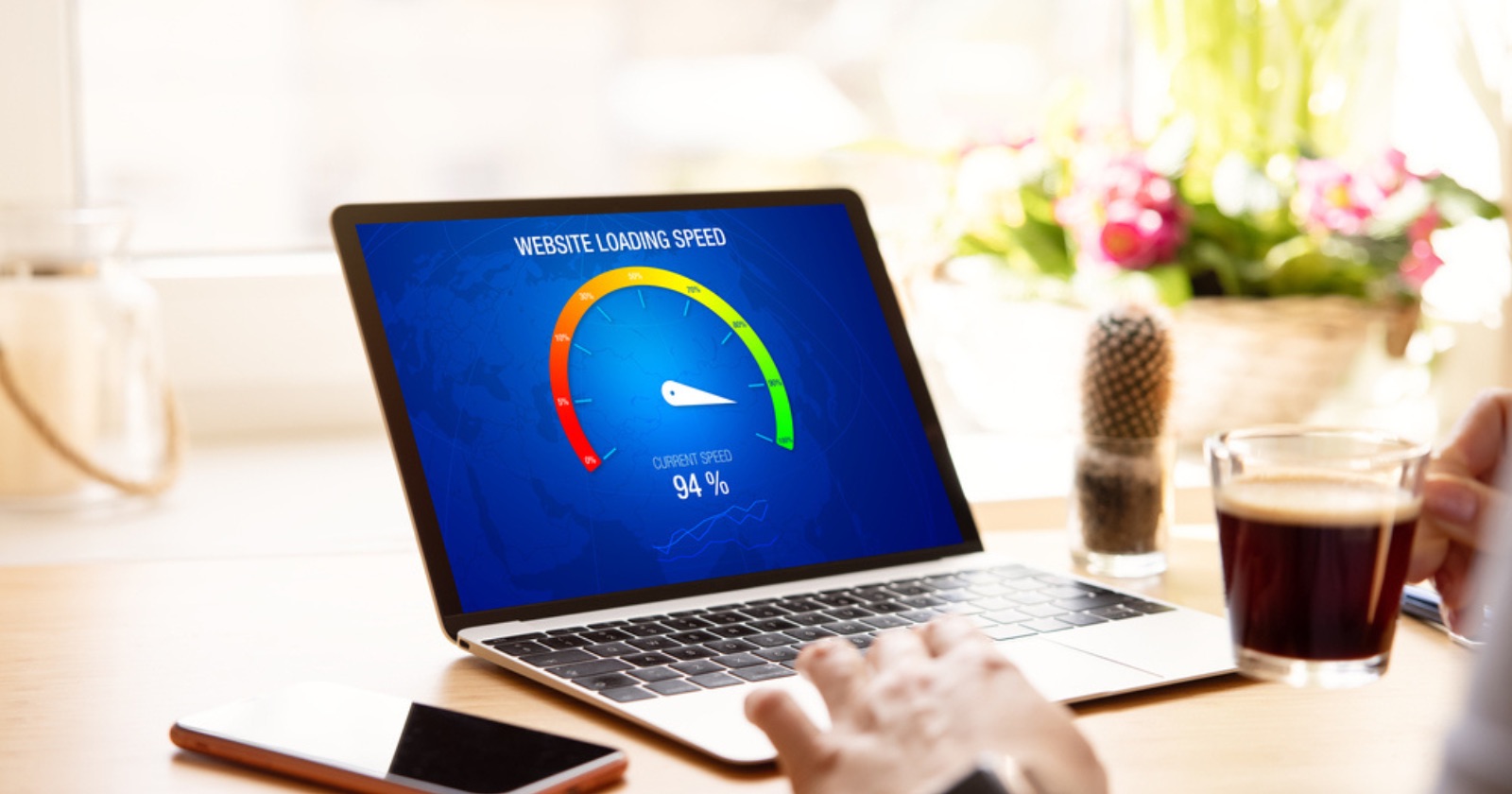
Site speed is the entire perceived experience of how quickly your page loads and becomes usable. It’s a critical component of user experience (UX) that Google now measures directly with Core Web Vitals. This makes it a direct ranking factor that impacts everything from your search visibility to your final revenue.
Types of Sites Speed Metrics
1. Core Web Vitals (CWV)
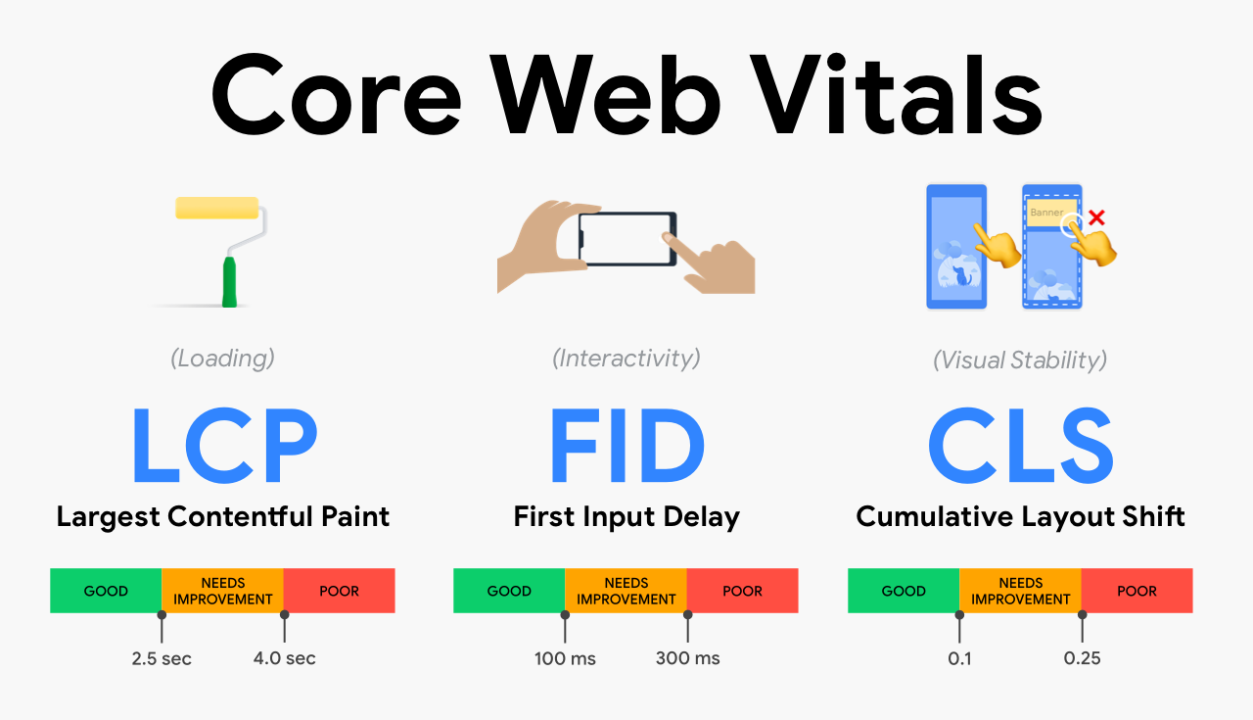
This is Google’s official scorecard for your site’s user experience. These three metrics directly impact your SEO ranking.
- Largest Contentful Paint (LCP): This metric measures your site’s loading performance. It’s the time it takes for the main, largest piece of content (like your hero image or a text block) to appear.
- Interaction to Next Paint (INP): This metric measures interactivity or the “lag” you feel. It times how quickly your page visually responds after a user clicks, taps, or types.
- Cumulative Layout Shift (CLS): This measures visual stability. It scores the “frustration level” of elements (like buttons or ads) jumping around on the screen as the page loads.
2. Other Key Diagnostic & Traditional Metrics

If Core Web Vitals are the final score, these metrics are the clues that help you diagnose the root problem.
- Time to First Byte (TTFB): This metric judges your server responsiveness. It’s the initial “waiting time” before the browser receives the very first byte of data from your server.
- First Contentful Paint (FCP): This measures perceived speed. It’s the crucial moment the blank screen is broken, timing how long it takes for any pixel (text, color) to appear.
- Total Blocking Time (TBT): This “lab” metric diagnoses scripting issues. It measures the total time scripts block the page, which is a key predictor of a poor INP (interactivity) score.
Importance of Site Speed
1. Directly increase customer experience
Speed is the first impression. A fast-loading site feels professional and efficient, eliminating user frustration. This seamless interaction is key to a positive user experience, building trust and keeping visitors engaged with your content.
2. Win the top spot on mobile search
Google directly penalizes slow sites. Through Core Web Vitals, site speed is a critical ranking factor. A faster site signals a superior user experience, helping you outrank competitors and secure top visibility in mobile search results.
3. Boost conversion rate and revenue
Speed is directly tied to revenue. Every second of delay increases friction and causes users to abandon forms or carts. A faster site removes these barriers, providing a smooth path to purchase and directly increasing your sales.
Benefits Of Optimizing Both Local SEO & Site Speed
Look back at the ‘birthday cake’ search. That entire urgent journey happened on mobile. Bakery #1’s failure highlights a crucial point: your mobile site is your business, because it’s the only version your most urgent customers will ever see. This section will analyze exactly why you must prioritize your mobile site to improve mobile search visibility.
1. Be Discovered Where Customers Search
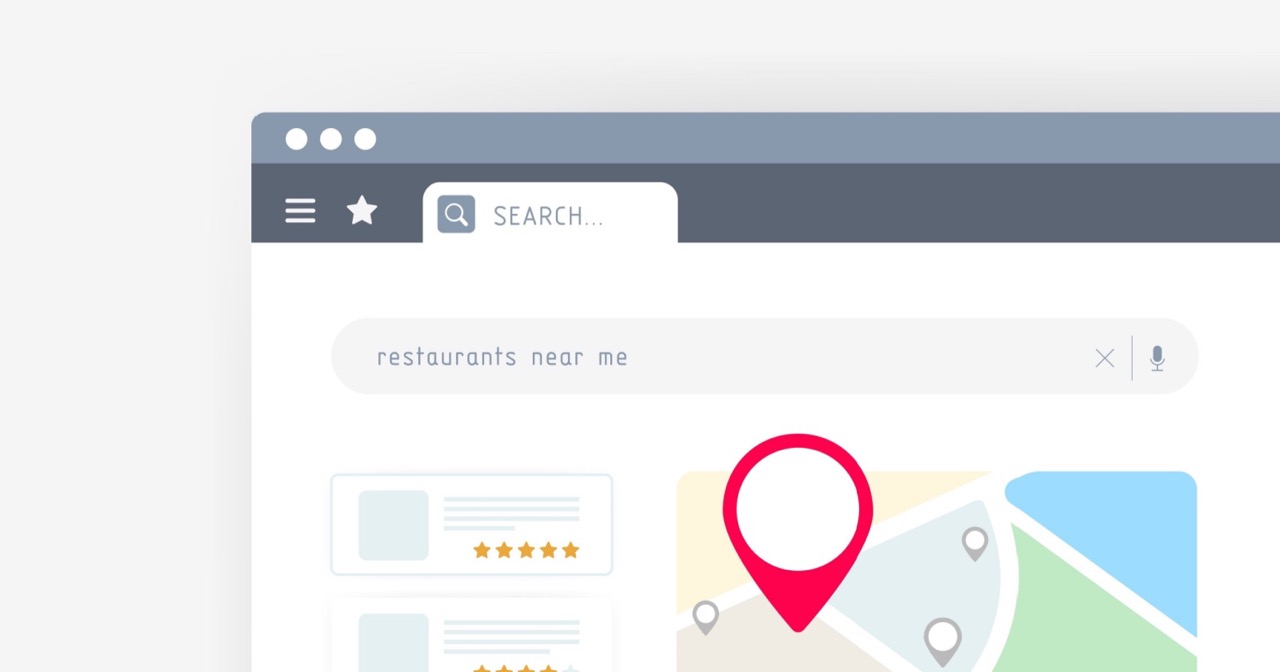
Consider this: 82% of shoppers now conduct ‘near me’ searches (Uberall, 2024). This means your primary, local audience is overwhelmingly on a smartphone. Failing to be visible on mobile doesn’t just hurt, it means you are essentially invisible. If you’re not visible on mobile, you’re effectively invisible to your most valuable, time-sensitive customers.
2. Improve Website’s Rankings
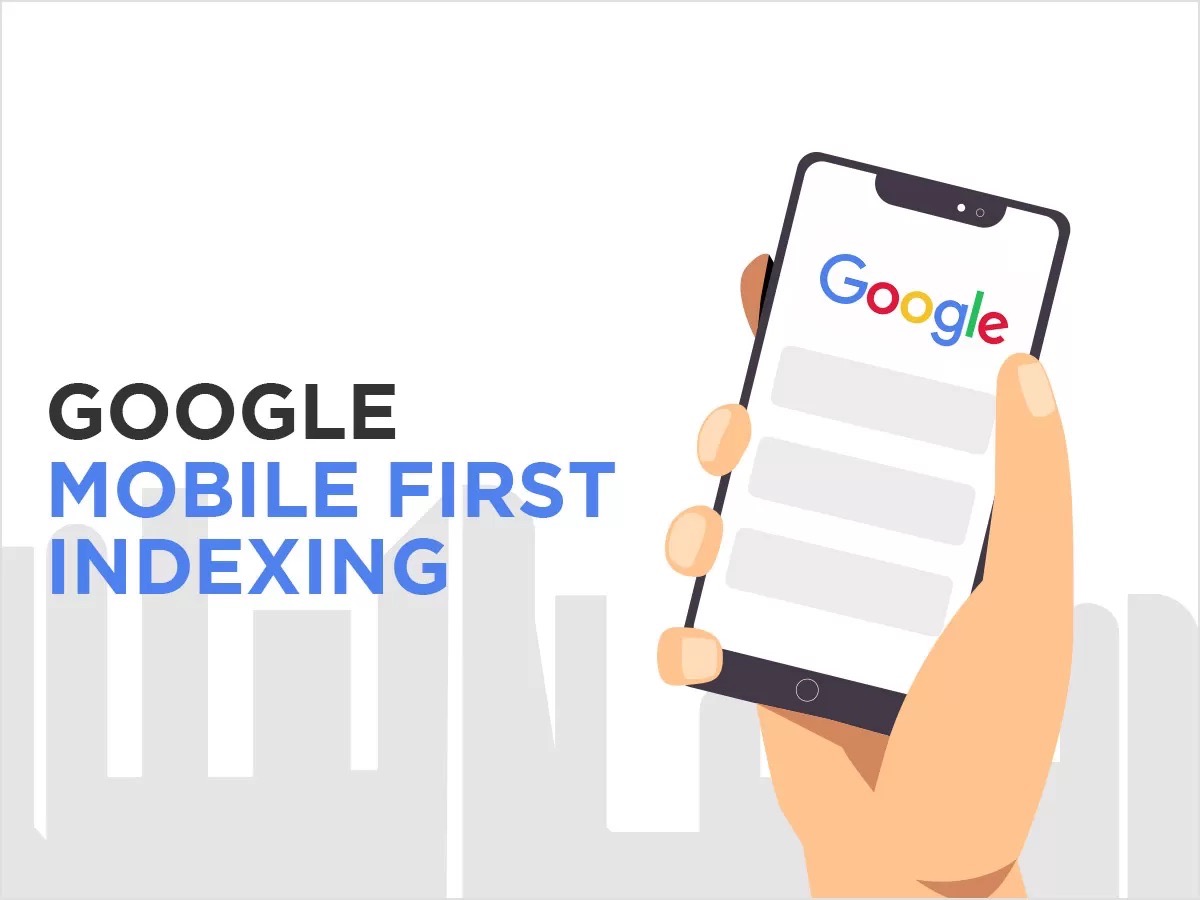
Google primarily evaluates your mobile site for rankings. A perfect desktop experience can’t compensate for thin content or slow performance on mobile. This picture shows Google’s core rule: “Mobile-First Indexing” means Google only uses your mobile site to rank you. Even if your desktop version is flawless, your rank is determined solely by the content and performance of your mobile experience.
3. Turn Urgency Into Sales
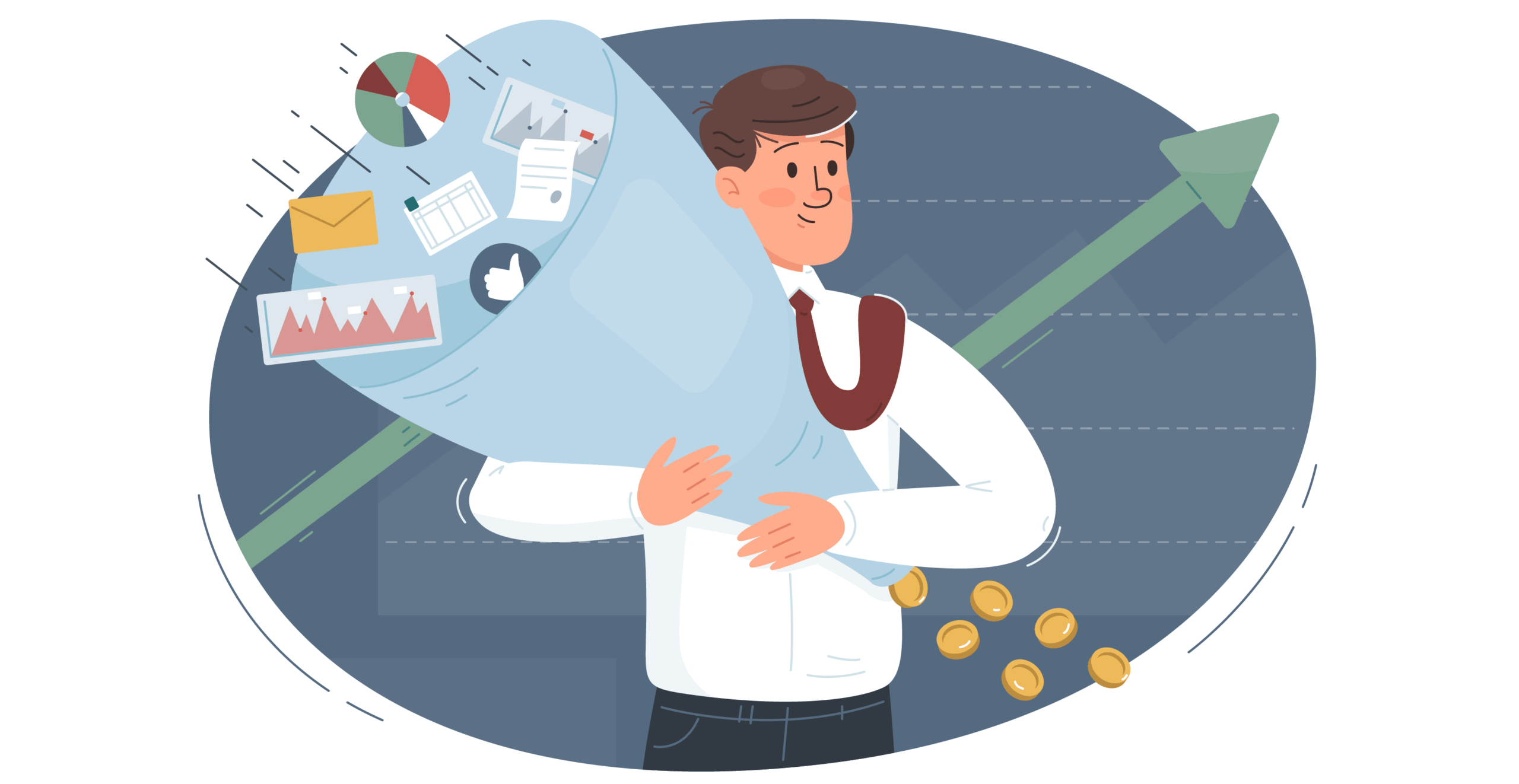
A mobile search is a direct signal of intent. These users want to ‘call’, ‘get directions’, or ‘buy’ immediately. Failing to provide a fast mobile experience means losing the sale at the most critical final moment. Mobile queries signal “call,” “directions,” or “buy” now. Slow pages, cramped layouts, or buried CTAs interrupt that momentum and leak revenue at the last step.
SearchPie’s tip: Optimize before peak traffic (Halloween, BFCM…). Do it early because user demand and purchase intent surge in these periods. More visits, more carts, and higher ad costs amplify every millisecond to boost more revenue.
Improve Mobile Search Visibility: Mapping 3 Local SEO-Site Speed Scenarios
Using the birthday-cake example below, website owners often struggle to boost mobile search visibility. Local SEO and site speed can help you solve this problem, but should you pick one, or both? The three scenarios that follow break this down and give you a fresh insight into how to win.
1. Scenario 1: Good Local SEO, Bad Site Speed
You rank #1 (Good Local SEO), but your 8-second load time (Bad Speed) makes an urgent customer hit “back.” The consequence: You instantly lose the sale and signal a poor experience to Google, actively damaging the very ranking you worked so hard to get.
2. Scenario 2: Bad Local SEO, Good Site Speed
Your site is a 1-second technical marvel (Good Speed), but you ignored Local SEO (no GBP, no local keywords). The consequence: You are invisible. All your investment in speed is wasted because no customer can find you in the Local Pack.
3. Scenario 3: Good Local SEO + Good Site Speed
This is the only winning solution. You rank high (Good Local SEO) and your site loads instantly (Good Speed). The “Call Now” button is immediately visible. This frictionless experience wins the customer and signals to Google that you are the best possible answer.
Overall: These three scenarios lead to one undeniable conclusion: Local SEO and Site Speed are not separate strategies you can choose between. They are two halves of the same coin, completely co-dependent on each other. To improve mobile search visibility, Local SEO is the “magnet” that creates the opportunity, but Site Speed is the “path” that secures the sale. You simply cannot win the mobile customer or truly improve mobile search visibility, without mastering both.
Extended Insights: Using SearchPie To Improve Your Mobile Search Visibility
SearchPie: SEO, Speed & Schema is one of the most comprehensive optimization apps in the Shopify App Store. It covers every aspect of your store: meta tags, AI-generated content, broken link management, and sitemap updates.
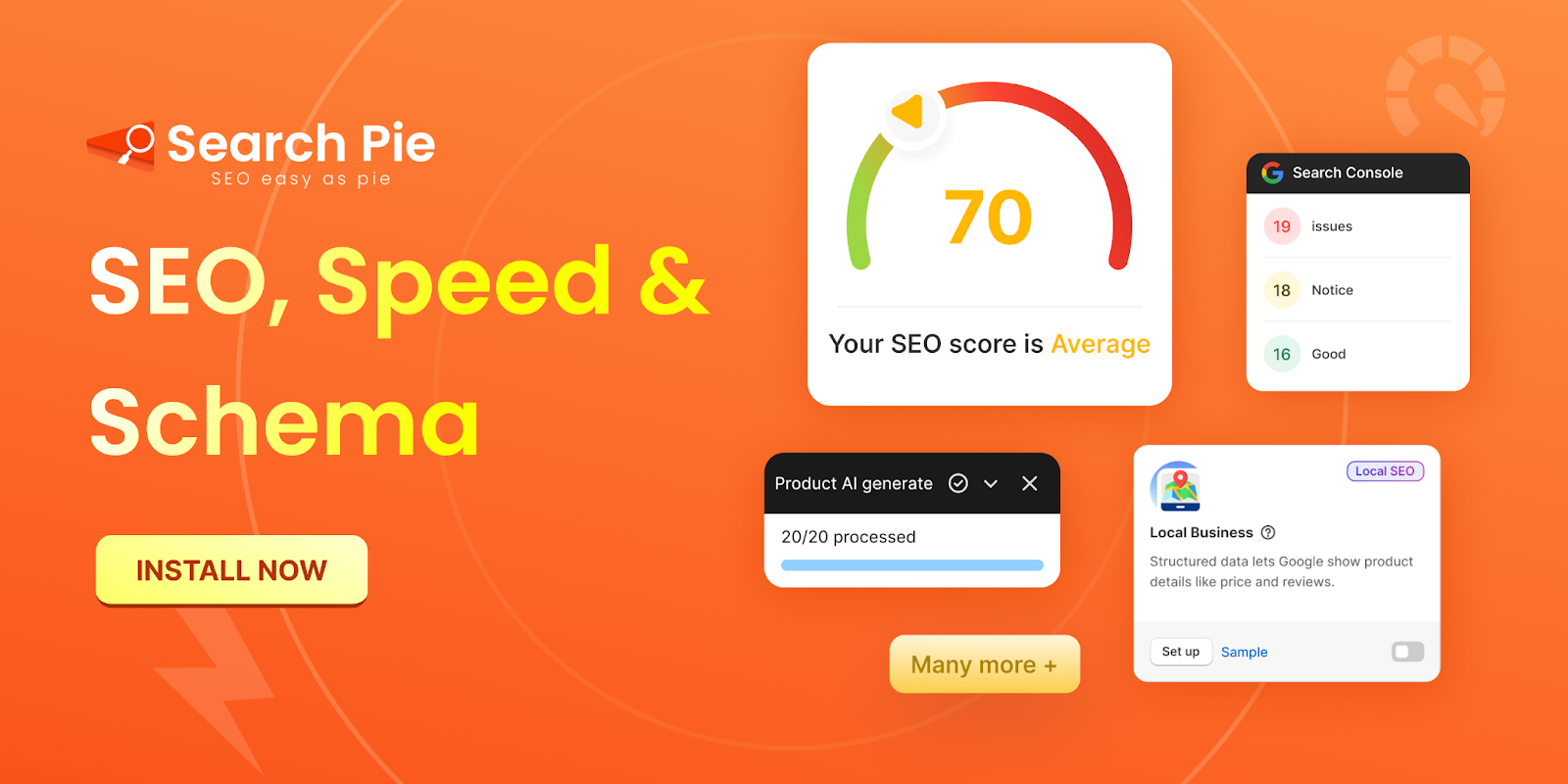
Its standout capabilities are the in-depth Site Speed and Local SEO audits. It directly solves the “power duo” problem discussed in this article. The Speed Audit identifies Core Web Vitals issues holding you back, while the SEO & Schema tools ensure your local signals are strong. SearchPie gives you a complete toolkit to ensure you both get found (Local SEO) and win the click (Site Speed), all within one app.
Conclusion
Local customers will choose products that deliver both quality and immediacy. By that, don’t choose between Local SEO and site speed, use both. Local SEO gets you found; fast pages keep people and convert. Master both to drive more clicks, calls, and sales to improve mobile search visibility!
If you have any questions related to optimizing SEO for your website, please contact us for more expert advice! Thank you for coming with us!

